Whooper Facts

Whooping Crane Facts
- Whooping cranes establish lifelong mates and maintain their bonds through courtship dances and displays.
- The whooping crane habitat consists of wetlands, marshes, mudflats and wet prairie fields.
- Today there are two migratory populations and one non-migratory population of whooping cranes in North America. The only natural migratory flock travels 2,500 miles each fall and spring between Aransas National Wildlife Refuge in Texas and Wood Buffalo National Park in Canada.
- Newborn cranes “imprint” on the first thing they see upon hatching, often regarding the humans who rear them as their equivalent.
Whooping Crane Recovery
Whooping crane recovery has been one of the greatest success stories of the Endangered Species Act, but water wars, drought, and climate change pose frightening new threats. Protecting their wetland habitats has been a key focus of conservation efforts.
While the recovery is remarkable, the population is still considered extremely vulnerable and some radical and astonishing techniques have been employed in attempt to ensure the survival of the species.
Journey of the Whooping Crane
Journey of the Whooping Crane will examine all of the remarkable stories surrounding the whooping crane, the ground breaking conservation efforts and the amazing individuals who have dedicated their lives to preserving one of North America’s most majestic birds.

